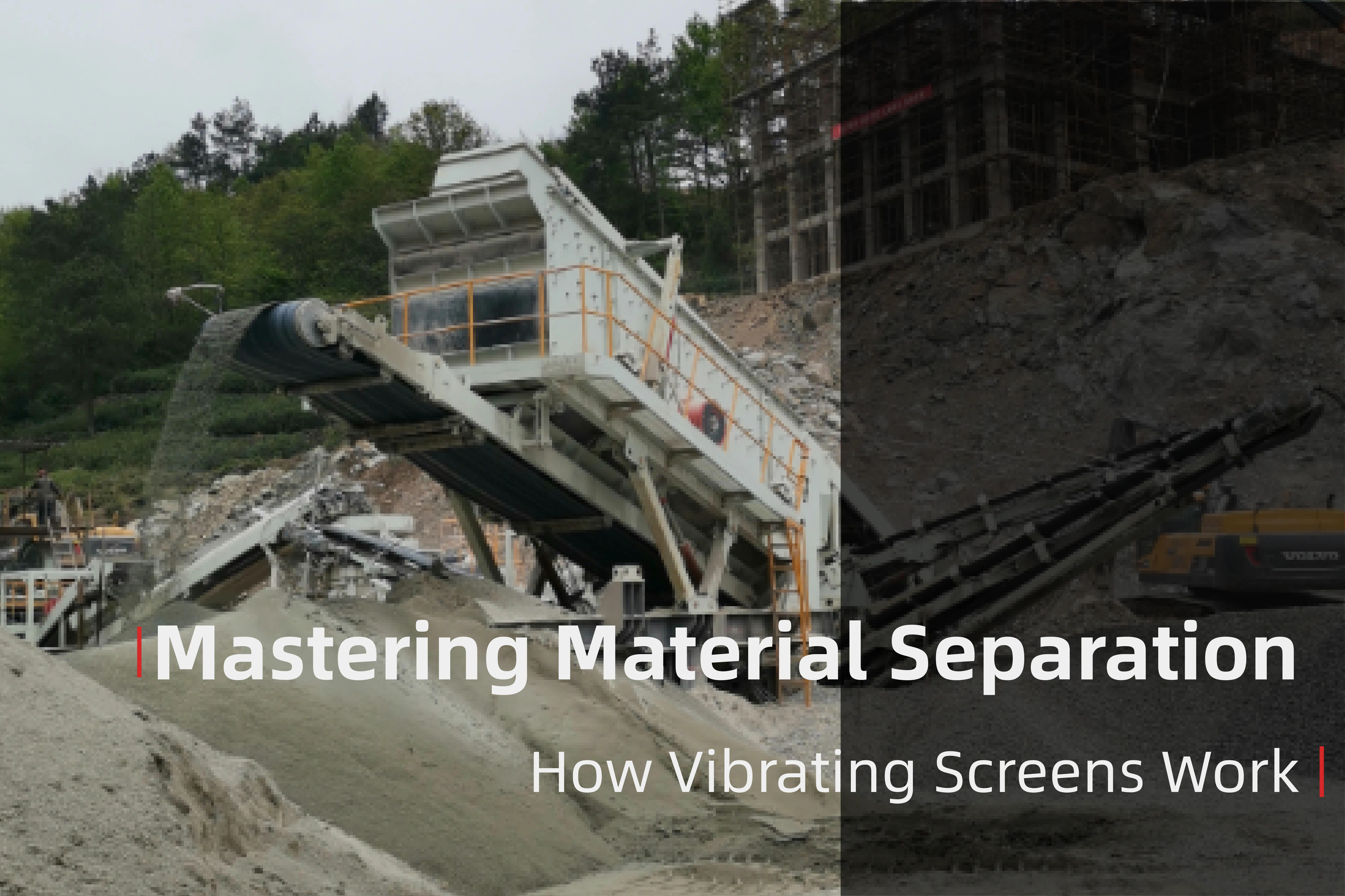
A vibrating screen is a key equipment used across industries like mining, aggregates, construction, recycling, and pharmaceuticals for efficient material separation. By applying controlled vibratory motion, a vibrating screen helps sort particles by size, optimizing downstream processes. In this comprehensive guide, we explore the working principles, components, types, design considerations, operational challenges, and future innovations surrounding vibrating screens.
Introduction to Vibrating Screens
The ability to separate materials efficiently based on size and properties is crucial for many industries. A vibrating screen provides a cost-effective, high-throughput solution by applying vibrational energy to move and stratify material particles across a screening surface. This motion allows fine particles to pass through screen openings, while oversized materials are discharged separately. The consistent use of vibrating screens results in enhanced product quality, increased processing speeds, and minimized resource waste.
A vibrating screen operates through mechanical vibrations induced either by a direct drive motor, an exciter, or an eccentric shaft. The material feed moves across the screen deck where vibratory forces help stratify particles, enhancing separation by allowing smaller materials to fall through the mesh openings while larger particles are conveyed along the deck.
Key factors that govern this process include:
Understanding the major components is essential for maximizing the performance and lifespan of a vibrating screen:
Depending on application needs, different vibrating screen types are selected:
Circular Vibrating Screen
Ideal for applications requiring material grading and classification with moderate precision. Motion follows a circular trajectory.
Linear Vibrating Screen
Preferred for high-capacity bulk material handling. Linear motion ensures sharp cut sizes and is often used for heavy-duty operations.
High-Frequency Vibrating Screen
Specialized for fine material screening, operating at frequencies over 3,000 RPM to enhance stratification and reduce blinding.
Multi-Deck Vibrating Screen
Allows simultaneous separation of materials into multiple size fractions in a single operation.
Dewatering Screen
Designed to efficiently remove moisture from materials like sand or coal before transport or storage.
Material Separation Mechanism
The primary function of a vibrating screen is to achieve efficient material separation based on size or properties. The stratification process includes:
Factors Influencing Screening Efficiency
Factors Influencing Screening Efficiency
Despite robust design, vibrating screens face several operational challenges:
Modern industry demands smarter, more energy-efficient vibrating screens. Innovations include:
These developments ensure that vibrating screens continue evolving alongside broader industry 4.0 trends.
Vibrating Screen Applications Across Industries
The versatility of vibrating screens makes them indispensable across various sectors:
Every industry benefits from customized vibrating screen solutions tailored to unique material handling requirements.
Every industry benefits from customized vibrating screen solutions tailored to unique material handling requirements.
Modern vibrating screen design also incorporates eco-friendly elements:
Dust Control: Enclosed screening systems minimize particulate release.
Energy Efficiency: Electric drives and optimized motion patterns lower power consumption.
Sustainable Materials: Recyclable frame materials and screen meshes extend lifecycle performance.
These measures not only ensure regulatory compliance but also support corporate sustainability initiatives.
Looking ahead, vibrating screen technology will continue evolving with:
Investing in advanced vibrating screens ensures businesses remain competitive, sustainable, and operationally efficient.
A vibrating screen is not just an auxiliary piece of equipment but a critical factor in achieving efficient, scalable material processing across numerous industries. Understanding its design, operation, challenges, and future trends empowers operators and businesses to optimize productivity and ensure long-term success.
As technology progresses, vibrating screens will continue to become smarter, more reliable, and even more indispensable.